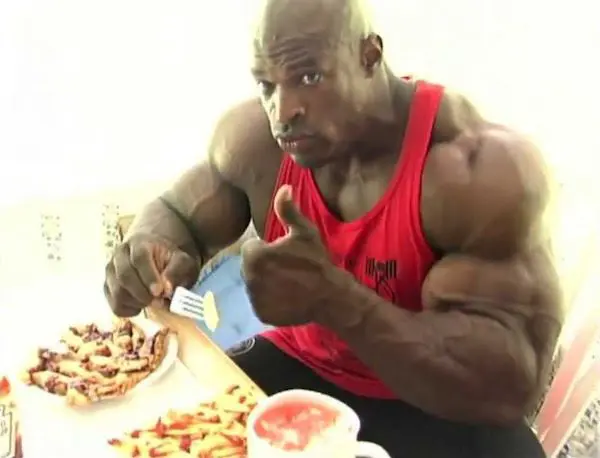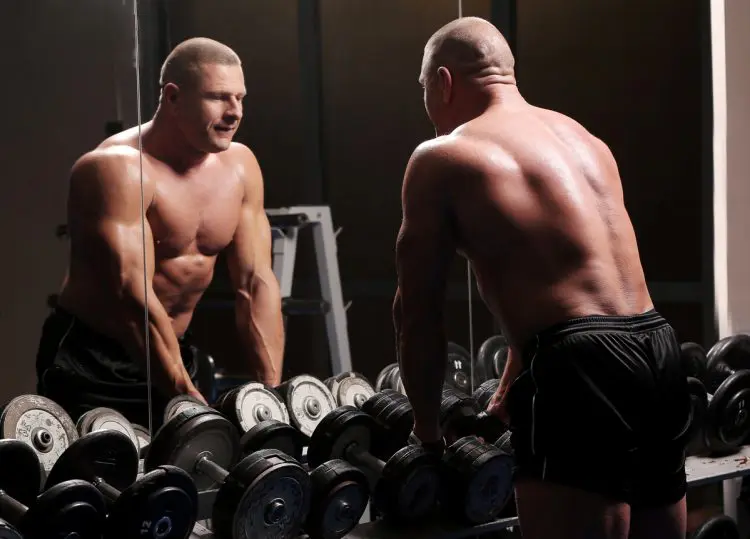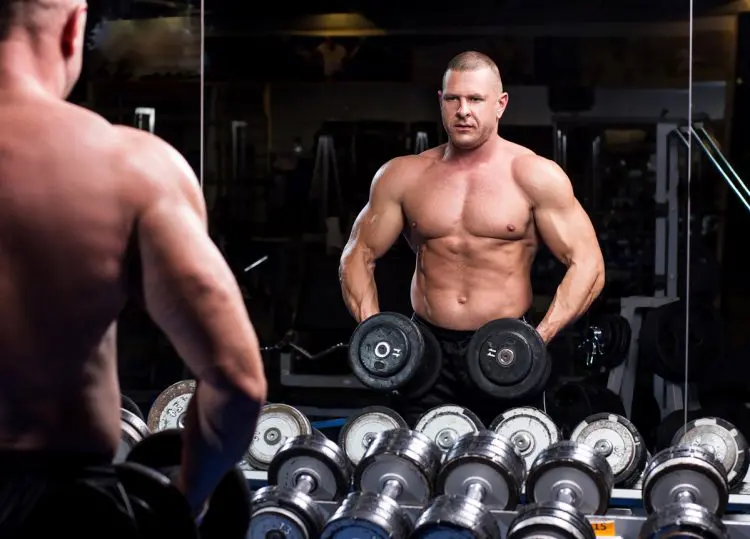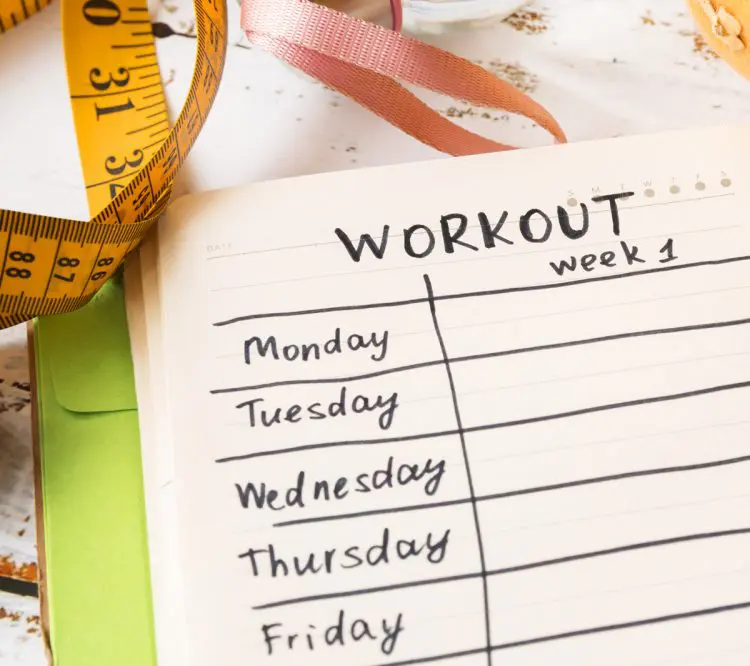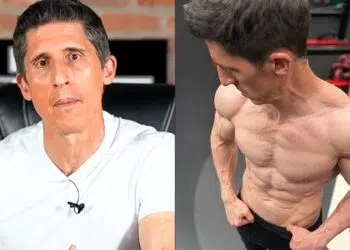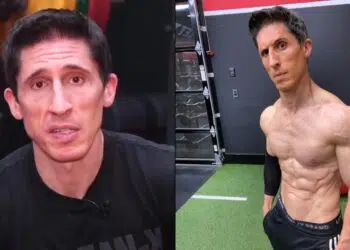If fifty is the new forty then is forty the new thirty? If that’s all true then all of us forty and over must be in our prime right? There’s something about reaching forty that nearly derails so many of us. We feel like it’s some sort of passage toward the right to sit back, complain, and take our foot off the gas.
Now don’t get me wrong, there are some real rock stars out there killing it in the gym. There are plenty of men and women with ripped, muscular, lean physiques that could bury the average snot-nosed twenty-something, but there seems to be many who just can’t get over the mental block of that forty rule. The fictitious rule that states we must fall on our swords and relish into the great twilight of our gym lives. We must now only tell the youth our feats of strength of yesteryear.
Well, screw that!
Let’s break down a few things step by step so us forty-somethings can release our true potential and uncover our best physiques yet.
Step 1: Paradigm shift
First things first. We need to get it through our thick skulls that from this point on we will be building muscle and burning fat to achieve our best condition yet. Along the way we will also drop our whole shtick about reminiscing about the past. Done are the stories of how much we used to bench press and how lean we were while eating whole pizzas for breakfast. That heyday is over and it’s time to create a new one–a better one.
Level Up Your Fitness: Join our 💪 strong community in Fitness Volt Newsletter. Get daily inspiration, expert-backed workouts, nutrition tips, the latest in strength sports, and the support you need to reach your goals. Subscribe for free!
From here on out you will visualize your ideal physique and decide right here and now that you will do what it takes to get there. This is the time to commit and only look forward.
Take things even further and write down (yes, with pen and paper) your goals. Lose 10 pounds? Shrink your waist by five inches?
Write it out. Next, write down a commitment sentence; a mission statement if you will. It could be something like, “I commit for the next six months to my plan of losing 20 pounds of fat.” This may seem too simplistic and basic, but the act of writing down your goals and posting it on your bathroom mirror to see each and every morning will have a huge impact.
Step 2: Assess your situation
Next, look around. Where are you currently standing right now in regard to your goals? This is your starting point. Your starting blocks before the race. The only way is forward so be keenly aware of where you stand when it comes to your eating habits, the food in your house, and how you’ll act from now on.
Be honest with yourself. If you have some serious changes on the horizon, own up to it, admit it, embrace it. This is who you are at this moment. We must identify not only our strengths and talents, but also our flaws and weaknesses. By calling out our pain points we’ll have a much better understanding of how to fix them when moving forward.
One thing to keep in mind. This isn’t something to dip your toe into. You’re committed, remember? Review that mission statement and keep that vision in your head. Nothing worth having is easy so be prepared to take on this challenge head on. Be honest about how much change you’ll need in your life. This stuff isn’t complicated, but it’s not easy either.
Assess, take notes, and move on to the next step.
Related: Over 40? This is How You Really Should Be Training
Level Up Your Fitness: Join our 💪 strong community in Fitness Volt Newsletter. Get daily inspiration, expert-backed workouts, nutrition tips, the latest in strength sports, and the support you need to reach your goals. Subscribe for free!
Step 3: Keep your feet on the ground
Now we will move from assess to process. When building out your program you’ll need to be realistic. Yes, it’s a boring, party-pooper of a word, but it’s way too important to ignore.
Your mission statement is the big picture item. It’s the bird’s-eye view. Building your plan will be the process; the procedures you put in place to accomplish the mission. But how do we make realistic goals? What is realistic in this seemingly uncharted territory?
Well, realistic goals are simply statements that sound attainable. For example, is it realistic to lose 20 pounds in two weeks or six or more months?
If we take the six month option, that calculates to just under four pounds per month, or around under a pound per week. Does that sound like it makes sense to you? It doesn’t take a mathematician and a physiologist to determine common sense goals. Trust yourself.
You can continue to dissect your process by breaking down each step (like we did with losing a pound per week) and asking if it’s believable, attainable, and realistic for your lifestyle. The more we break things down the easier it is to set these goals that will become reality.
Step 4: Build a plan
Now it’s time to finally get a plan built. We’ve assessed our mental state, identified our current status and situation, and we have an idea about breaking down our big goal into smaller, realistic pieces. Consider the bulk of your homework done and now all we have to do is fit the puzzle together for a kick-butt plan of action.
You should be feeling good right about now so go grab that pen and paper again and start to list out your steps. Let’s take the losing 20 pounds in six months example and get a few ideas down to get things in motion.
- Don’t reinvent the wheel. Take your current diet and choose one thing per week to change. Start small and go from there. It could be eliminating sugary soft drinks, transforming one meal into an ultimate healthy one (I like to start with breakfast), increasing protein, eliminating fast food, etc. These aren’t monumental overhauls. They’re just small tweaks that will build over time.
- Keep notes. Write down your meals, keep track of hiccups in the road, and write down everything you think is important from going out to eat to your mood. If you do encounter any bumps in the road don’t fret and definitely don’t be an I’ll-just-start-over-on-Monday type. We all screw up. Just pick up where you left off and press on.
- Every two weeks do a review. How are things going? Are you weighing yourself? Do you expect the scale to drift downward? If it’s hanging steady are you possibly building muscle and losing fat at the same time? It’s definitely possible. Keeping a close eye on your progress is a guarantee that you’ll keep your head in the game.
- Adjust only one or two things at a time. Diet hopping and constantly overhauling will get you nowhere fast. Trust your plan of action. Adjust one thing and let it ride for a week or two. Maybe you need to increase protein slightly, or reduce fat intake, or maybe increase carbs a little to kickstart things a bit better around your workouts. Whatever it may be just stay even keel and adjust purposely and gradually.
- Take a break. Let’s be real. We can’t stay on the proverbial diet carousel forever. Burnout would be inevitable for even the most diehard dieter. We all need a break every now and again without the added burden of guilt. Again, use your head. Common sense rules and now’s not the time to go overboard. A cheat meal or two per week would be plenty. And I’ll let you in on a little secret. When you’re on cruise control with your diet and are hitting all of your high points, you’ll be very eager and ready to jump back on the diet once you’ve had a cheat meal or two. Trust me.
Step 5: Steady as she goes
Remember the tortoise and the hare story? Yeah, slow and steady wins the race. This is no more apparent than in the world of physique building and getting lean. Forget the fad diets, the “guaranteed” programs, and quick fixes. Play the long game. This isn’t a sprint, it’s an adoption of a new and improved lifestyle. One that, hopefully, you’ll keep for years to come.
Even if you “fail” to reach your goal completely, don’t fret. As long as you’re moving one step forward each day you’ll be in a better place. Let’s say you only lost 10 pounds in that six month period. Is that really failure? Is that a devastating loss? Picture yourself six more months down the road and 10 more pounds lost for a total of 20 for the year.
Now if you never even tried you’d be in the same shape as you are now. But a year from now you are sans 20 pounds. Your choice. Slow and steady my friend.
In closing
Pop quiz. What’s missing from everything I told you?
The fact that getting lean after forty isn’t all that different than it was at thirty. Sure, you’ll need to keep things in check much more than before, but the advantage now is that you’ll learn what works, what doesn’t, and what you need to do to right the ship when things go south.
Make forty and beyond the best yet.

